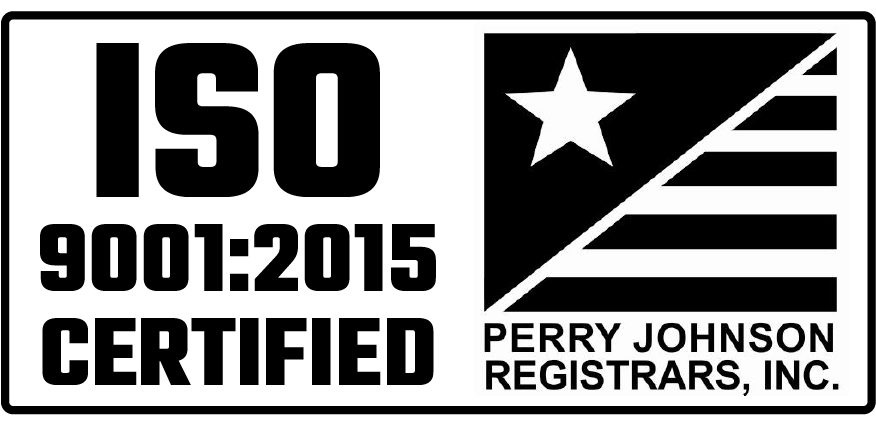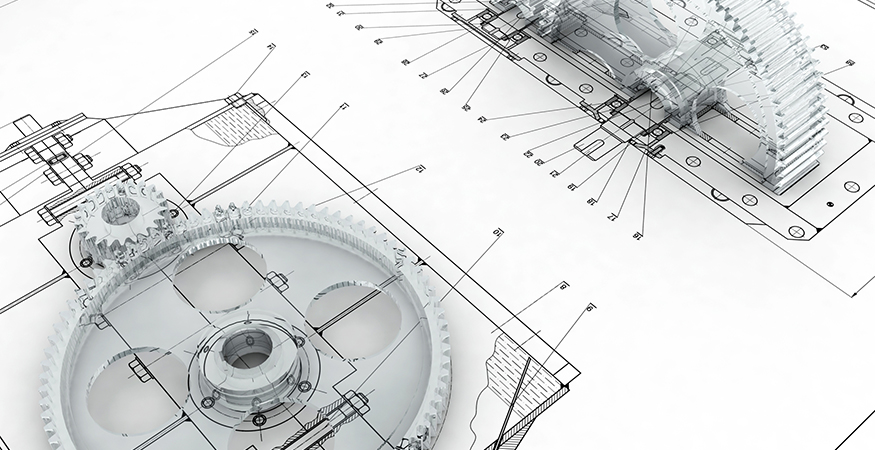Dealing with design and engineering changes will always be part of the job for manufacturers due to constant innovation and changing consumer needs. What’s not constant, however, is the way that organizations agree to manage the changes internally. Disagreements can – and often do – occur, which makes the Form, Fit, and Function (F3) rule just that much more valuable.
A widely accepted best practice, the (F3) rule dictates that if a product’s form, fit, or function is affected by design or engineering change(s), a new part number should be created. If none of those aspects are affected, a revision will suffice.
Form, Fit, and Function
Form, fit, and function are subjective terms. To prevent any confusion, the F3 rule defines each word as follows:
- Form: The part’s dimensions, shape, weight, size material, and visual appearance.
- Fit: The part’s ability of the part to interface with, connect to, or join with other features of the assembly.
- Function: How the part is designed to perform within the assembly.
Applying these definitions, engineering teams can make clear and confident decisions about whether to create a new part number or implement a revision.
When to Create a New Part Number
Overall, a new part number needs to be created if the physical part or component changes. Examples of changes that trigger a new part number include, but aren’t limited to:
- Adding a new switch to a control box
- Altering component materials (e.g., switching from metal to plastic)
- Any major color change that affects the overall aesthetics
Creating new part numbers helps your inventory team keep the old and new parts separate; additionally, your suppliers and customers can easily track when the change was implemented.
Conversely, too many new part numbers can cause headaches. Since part numbers show on a bill of materials (BOM) any time the part number for a child assembly changes, the parent part number should also change. If the engineering team knows multiple changes are necessary, it is extremely helpful to create one new part number that includes all of those changes.
When to Make a Revision
Typically, a revision can be made if all of the changes are limited to the drawing, such as:
- Inserting drawing notes
- Updating incorrect drawing dimensions
- Making a minor color change that doesn’t impact form, fit, or function
A revision requires less paperwork, making it a preferred practice for many manufacturers. However, revisions can make it difficult to trace changes within a product in the future if, for example, you need to know which product iteration was shipped when. Service can also be difficult if a revision was implemented when, in fact, a new part number should have been created.
Communicating Your Changes
No matter which route your organization chooses, it’s imperative to communicate:
- The changes that were made
- Whether suppliers and customers need to look for either a revised drawing or a new part number
Suppliers need to know about revisions and new part numbers so they can update your orders to ensure shipment of the correct parts. Clearly communicate:
- What changed
- How quickly it needs to be made (immediately or running?)
- What they should do with any product that is stocked or in the process of being built
Customers are less impacted by revisions because you’re going to make sure they’re always getting the latest product version. However, when you create a new part number, customers need to know:
- Why and whether the old part number is obsolete or still available
- Any price changes, along with related details
While not every manufacturer uses the same approach to design and engineering changes, the F3 rule has proven to be a successful guide. Reference our new Revision vs. New Part Number infographic for at-a-glance advice on what to consider when applying the F3 rule and making decisions about next steps. Click the button below to access your copy now.





